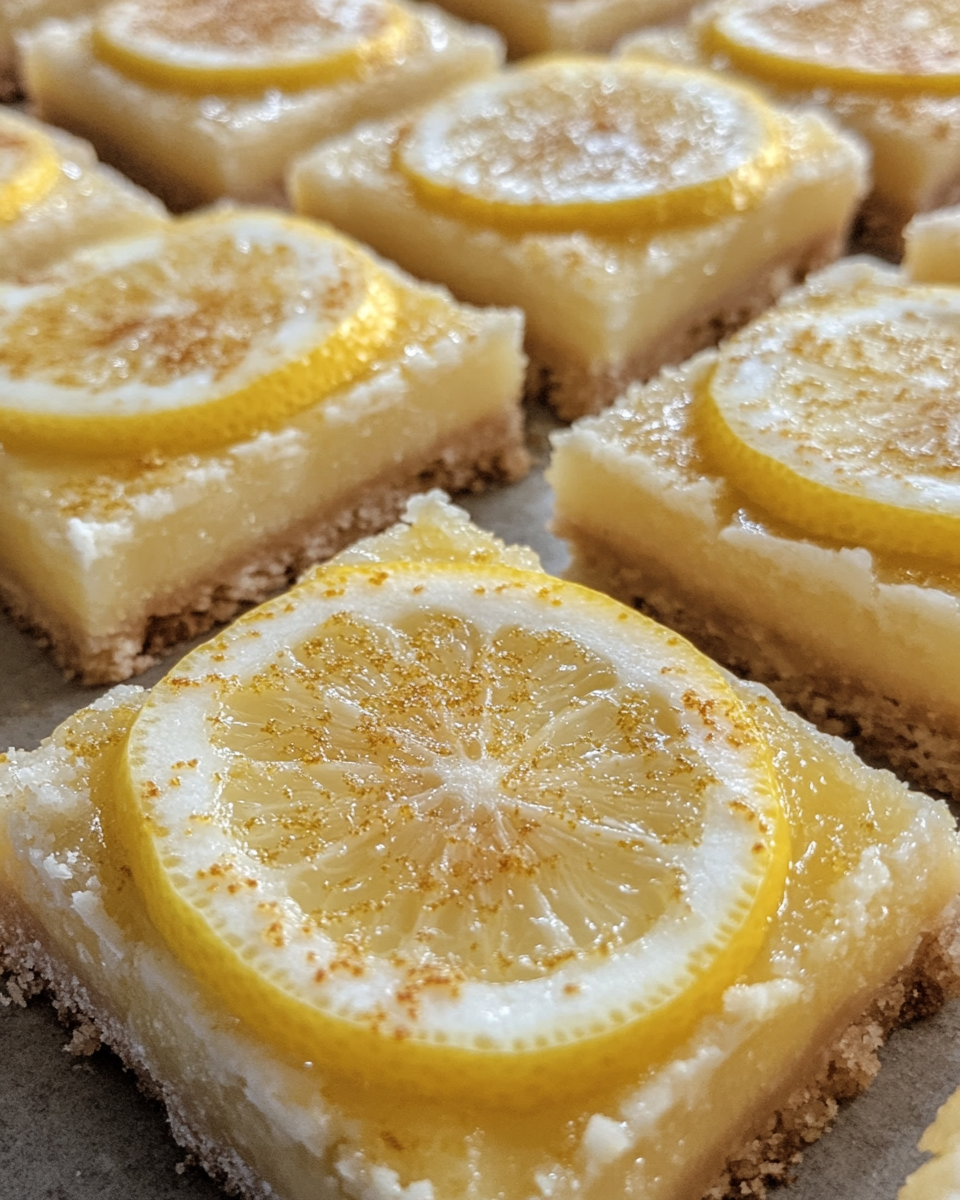Markdown Article: Coconut Macaroons
Coconut Macaroons: A Classic Sweet Treat
Chewy, golden, and delightfully easy to make, coconut macaroons are a timeless dessert favorite. This guide explores their versatility, offers a foolproof recipe, and provides variations to suit every taste.
Ingredients and Preparation
Why Coconut Macaroons Are So Loved
Coconut macaroons are naturally gluten-free and require only a few pantry staples. Their rich flavor and chewy texture make them a perfect addition to holiday tables or casual tea times. With customization options like chocolate dipping or almond enhancements, these treats cater to all palates.
Check out expert advice on baking with coconut to ensure you choose the right type of shredded coconut.
What You’ll Need
- Ingredients
- 2 cups shredded coconut (sweetened or unsweetened).
- 1 can sweetened condensed milk (14 ounces).
- 1 teaspoon vanilla extract.
- Optional: Chocolate for dipping or drizzling.
- Tools
- Large mixing bowl.
- Baking sheet lined with parchment paper.
- Cookie scoop for uniform shaping.
Explore this guide to perfect ingredient measurements to avoid common baking mishaps.
Step-by-Step Recipe
1. Mixing the Ingredients
Combine shredded coconut with condensed milk and vanilla extract in a bowl. Mix until fully incorporated. Adjust sweetness if using unsweetened coconut.
2. Shaping the Macaroons
Using a cookie scoop, form small mounds. Place evenly on a parchment-lined baking sheet, leaving space between each macaroon.
3. Baking to Perfection
Preheat your oven to 325°F (163°C). Bake for 15–20 minutes, or until the tops are golden brown. Allow them to cool before handling.
4. Adding the Finishing Touch
Dip or drizzle the cooled macaroons with melted chocolate for an elegant touch. Try these Almond Joy-style macaroons by adding slivered almonds and chocolate chips before baking.
Variations and Serving Ideas
Creative Takes on Coconut Macaroons
- Chocolate-Dipped Macaroons
- Dip the bottoms into dark chocolate for a rich contrast.
- Citrus Macaroons
- Add orange or lemon zest to the mix for a refreshing twist.
- Nutty Macaroons
- Incorporate crushed pistachios or almonds for added crunch.
Serving Suggestions
Pair coconut macaroons with coffee, tea, or dessert wine. Arrange alongside other tropical-inspired treats like pineapple soft serve for a themed dessert spread.
Common Questions About Coconut Macaroons
FAQs
Q: Can I make coconut macaroons dairy-free?
A: Use coconut cream as a substitute for sweetened condensed milk.
Q: How do I prevent them from sticking to the baking sheet?
A: Always use parchment paper or a silicone baking mat.
Q: Are coconut macaroons freezer-friendly?
A: Absolutely! Store them in an airtight container for up to three months.
Pro Tips for Perfect Macaroons
- Use room-temperature ingredients for smoother mixing.
- Avoid overmixing, as it can make the texture too dense.
- Keep an eye on the baking time to prevent burning.
Check out this troubleshooting guide for sticky desserts to resolve common baking issues.
Conclusion
Coconut macaroons are a beloved classic, offering endless opportunities for creativity and indulgence. Whether you’re hosting a party, looking for a quick dessert, or trying to perfect your baking skills, these chewy treats never disappoint.
For more dessert inspiration, explore Cool Whip Cookies and Mini Pineapple Cheesecakes.




